Moga Ace Power Brings Controller Gaming to iOS 7
Gaming on the go with the Moga Ace Power.
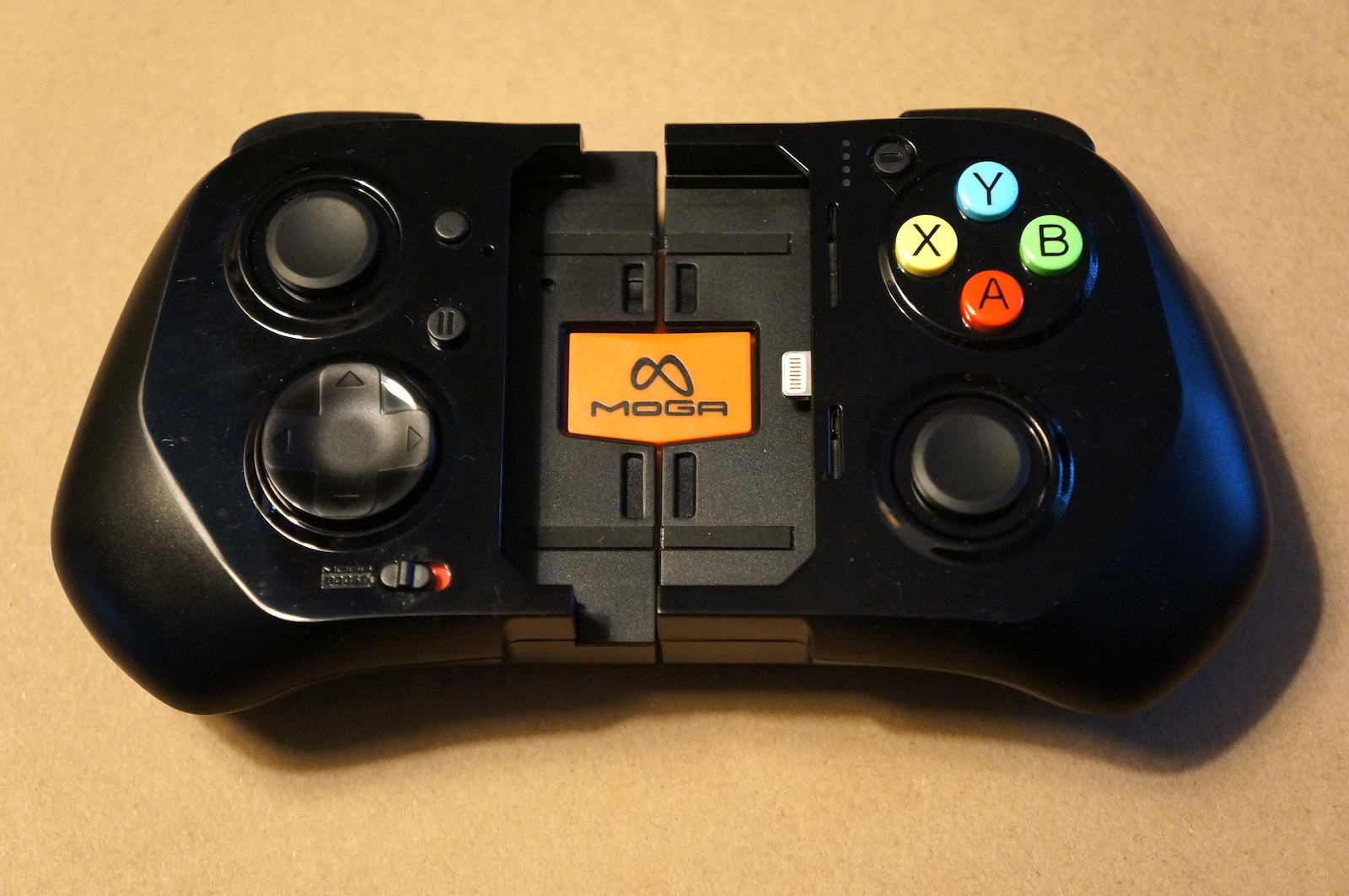
With iOS 7, Apple announced support for physical game controllers, a boon for anyone who feels that pure touchscreen gaming is lacking. PowerA sent over one of its Moga Ace Power controllers for us to check out, and we've given it the usual hands-on.
What immediately separates the Ace from the Moga Android controllers is that it packages the iPhone or iPod touch right in the middle of the controls. For those versed in console portables, the iOS solution handles more like a Sony PS Vita, whereas the Android controllers are clamshell-shaped like the Nintendo 3DS.
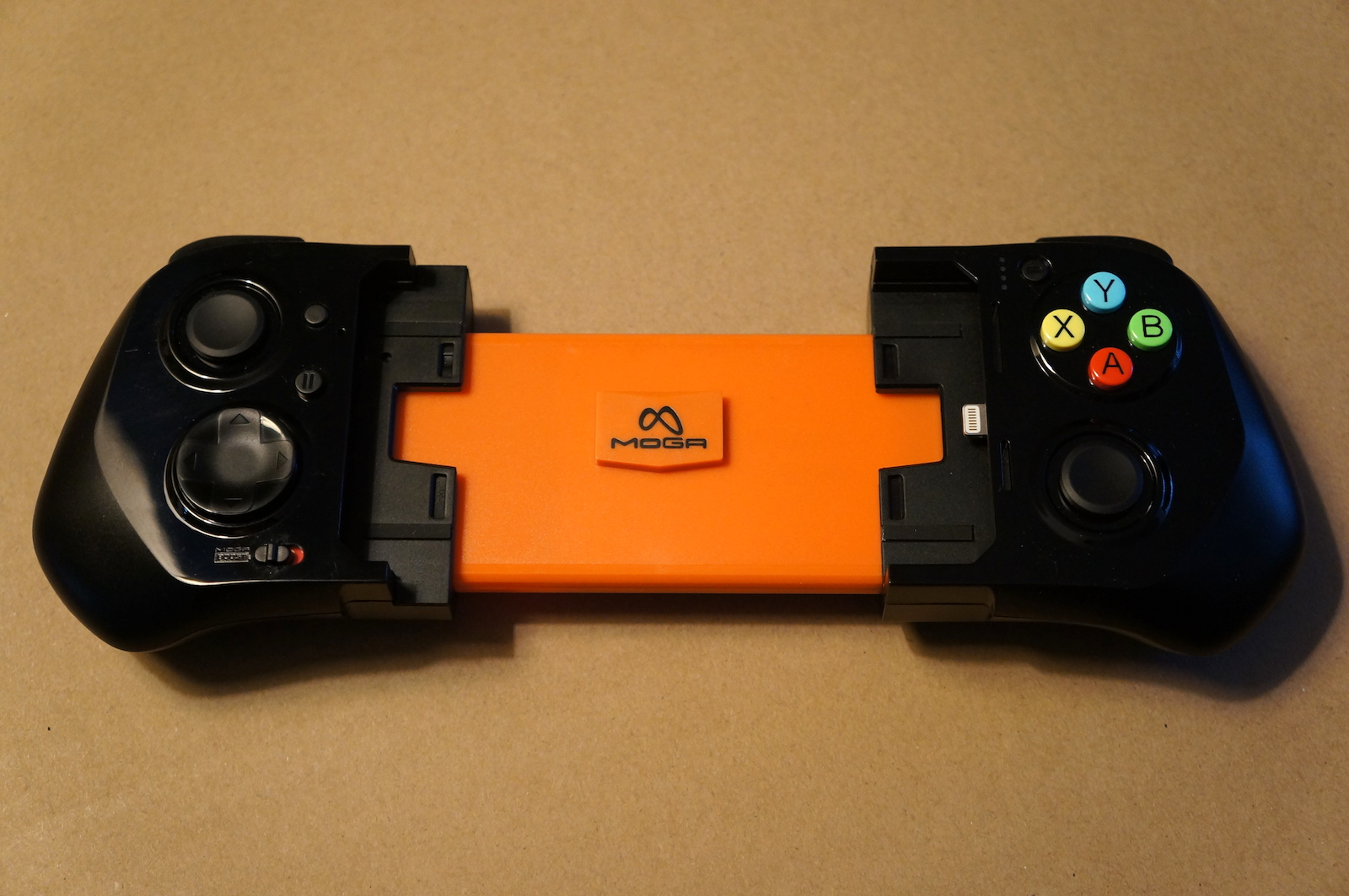
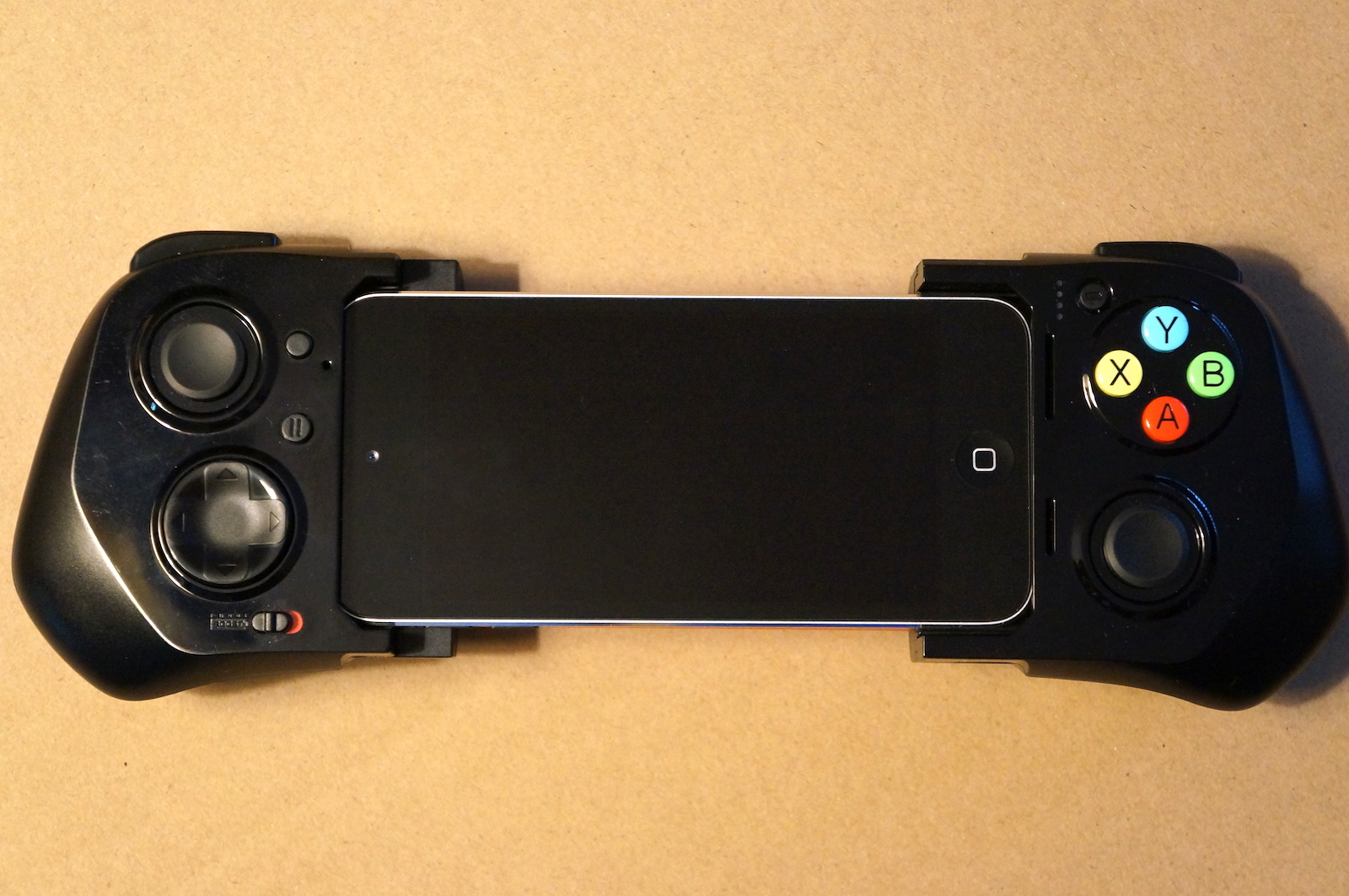
In practice, moving the phone to the middle of the device is much better in terms of weight distribution. Of course, this is possible because the Ace supports only the iPhone 5 and higher, and the iPod touch 5th gen and higher – all of which have similar dimensions. The Moga Android controllers must accommodate everything from small phones to massive phablets. If Apple releases a different sized or shaped iPhone 6, then this accessory could be incompatible. For now, having the iPhone inside the device means better weight balance; you can even use it while lying down on your back with the Ace effectively upside down.
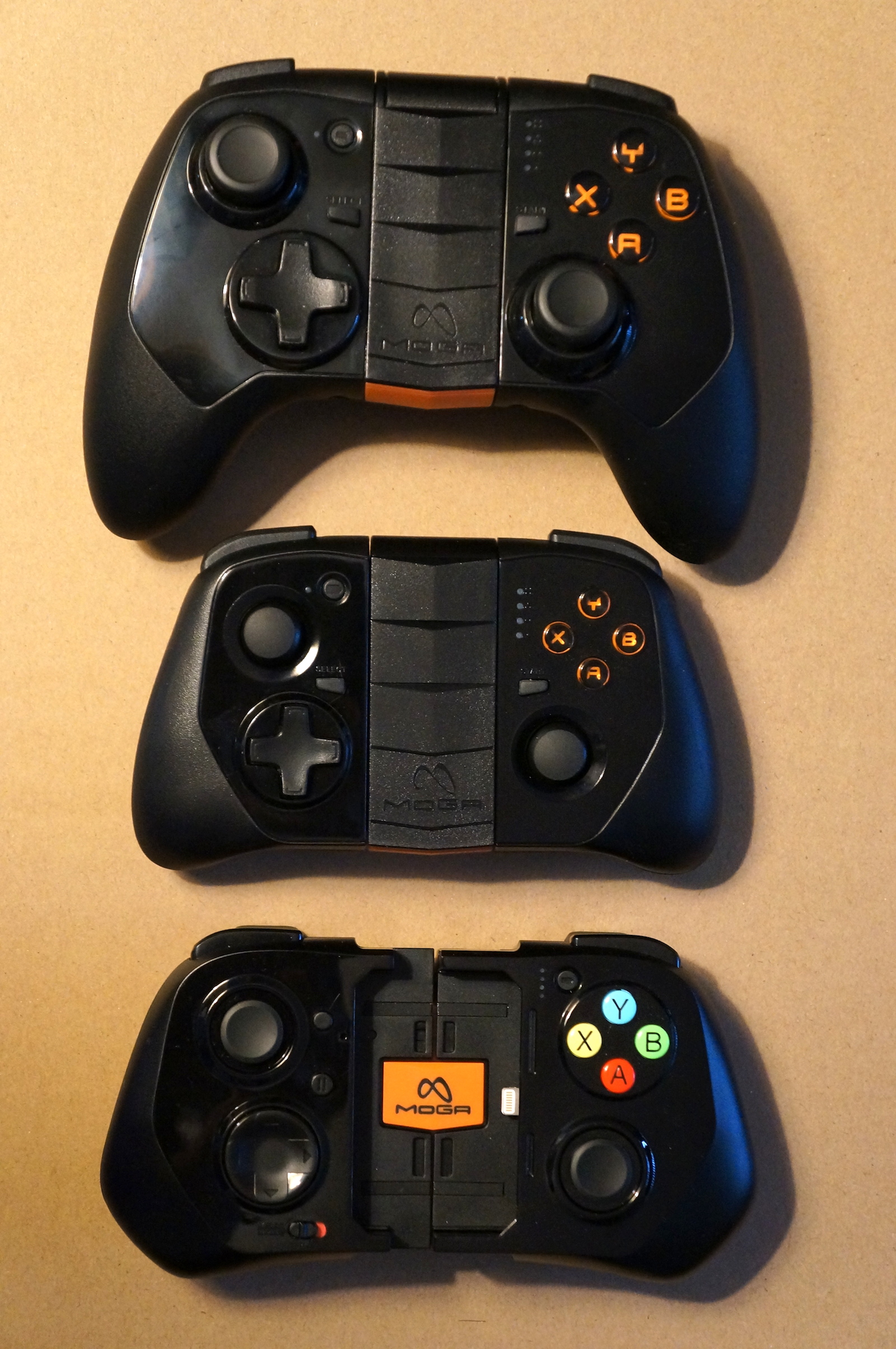
In terms of dimensions, the Ace is closer in size and weight to the smaller Hero Power for Android. The Ace weighs 163 g and is fairly light in the hand. When in compact form, it's fairly small, but the entire unit expands outward to accommodate the iPhone or iPod. The Ace even integrates a lock button that physically activates the lock function and a headphone jack on the bottom. There are also audio cutouts that will help direct some of the iPhone's downward-firing speakers towards the player. There's a lock switch on the back that will prevent the Ace from opening up and allowing the iPhone to fall out, but even without the lock the controller holds it in snugly.
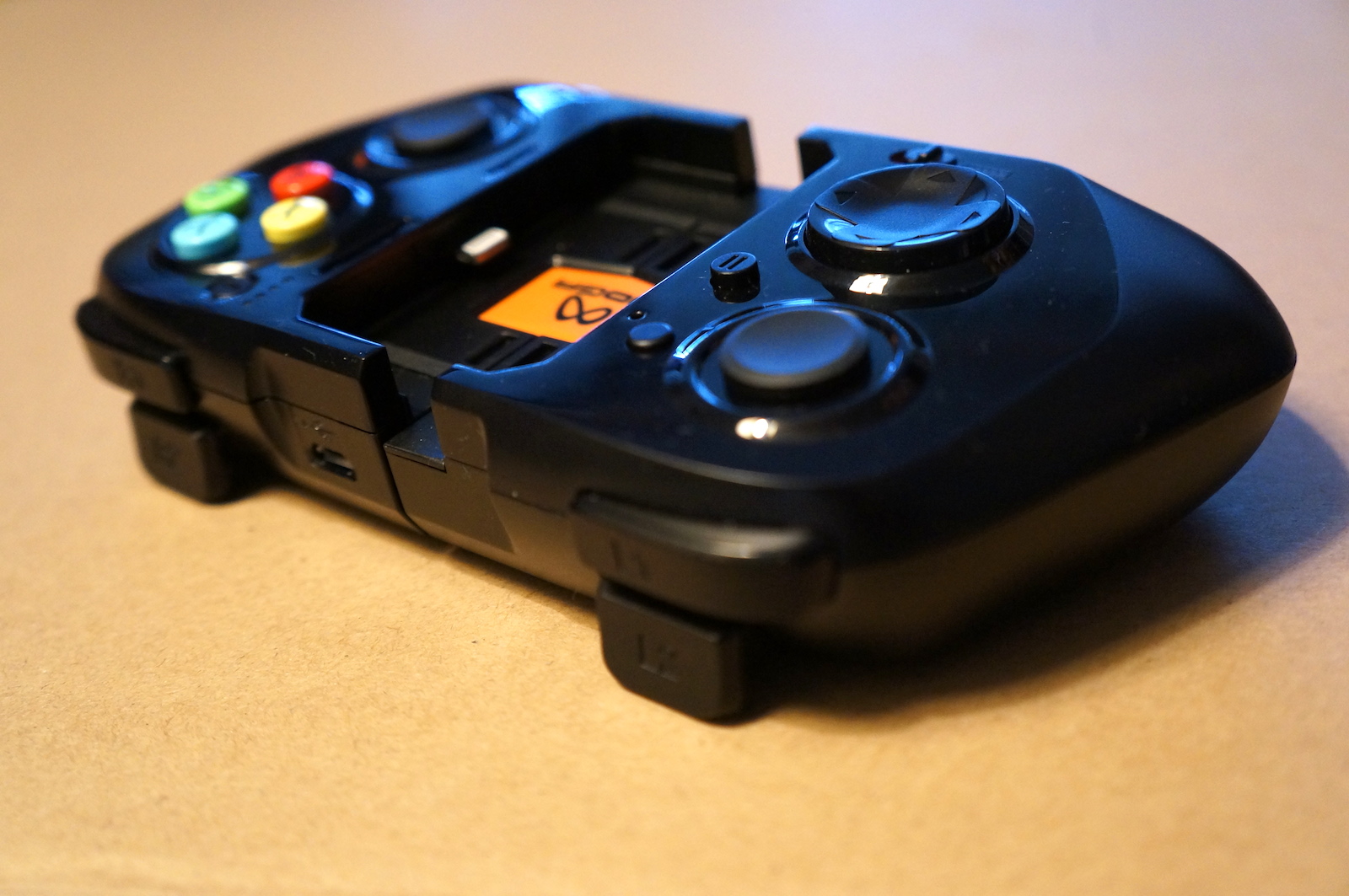
The Ace in general is designed well, but there are a couple of areas where it falls short compared to its Android counterparts. The analog thumbsticks are flat; they're basically circular discs rather than actual joysticks. There's less range of motion on the discs as compared to joysticks, which makes analog aiming in games like Dead Trigger 2 more difficult. The other side of the argument is that the discs are less likely to get caught on something while inside a travel bag, but that's a fairly unique situation relative to the main purpose of this game controller. The other gripe we have is the d-pad, which is also circular in design (think original Xbox 360 controller d-pad) rather than a cross shape. Circular d-pads in general don't give as good feedback on which of the eight possible directions you're pressing. We'd transplant the cross-shaped d-pads from the Moga Android controllers if we could. Aside from that, the Ace feels pretty good in the hand thanks to fairly good-sized handgrips in the back.
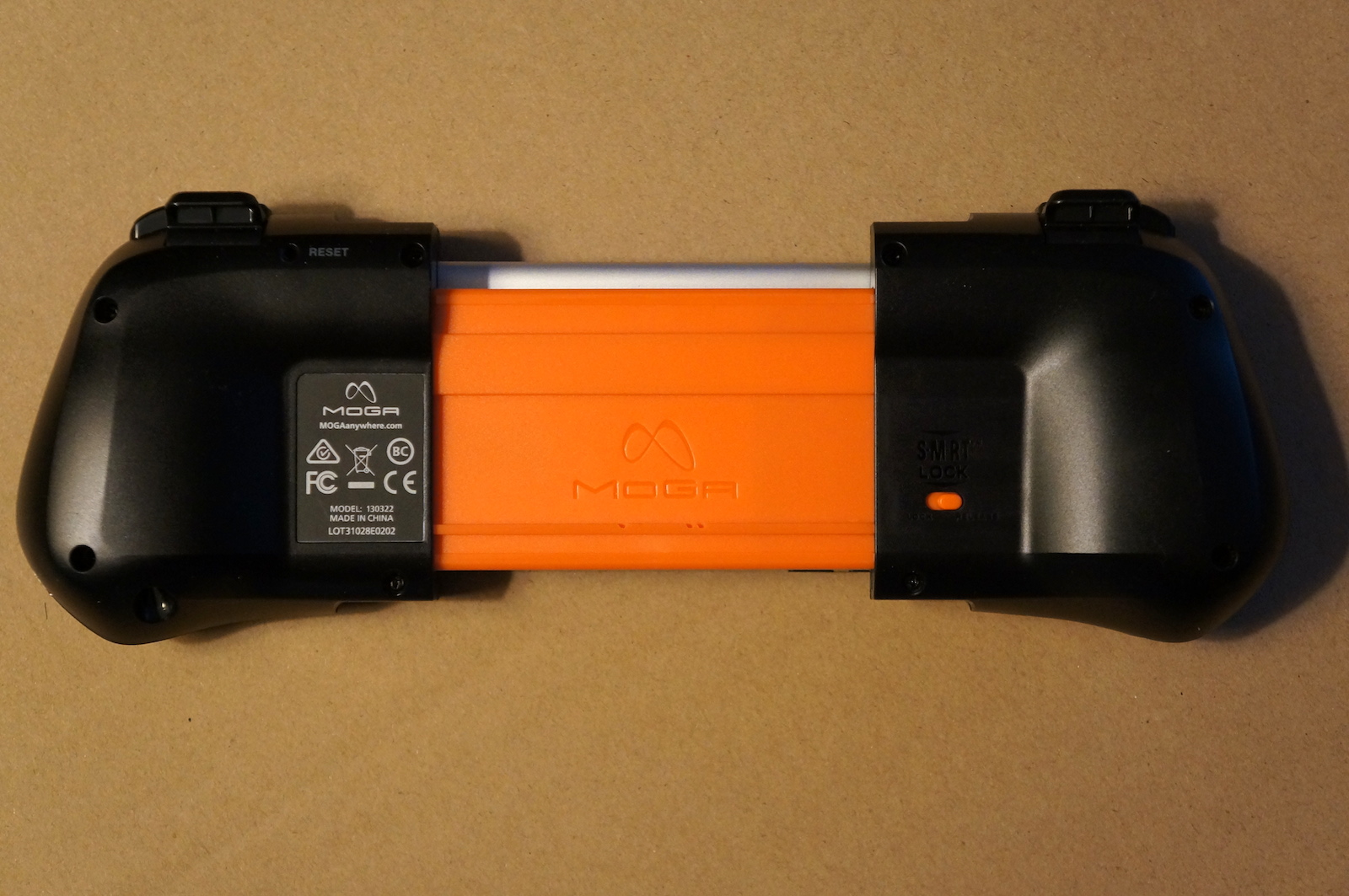
Like the rest of the new Moga Power line, the Ace also has Moga Boost, which will use its internal 1800 mAh battery to charge the device. We're big fans of this feature, which basically eliminates the compromise between mobile gaming and conserving your remaining battery life. The feature is enabled activated by a switch, so you can control when you need a charge. Mind you, the Ace will only charge when it has more than 25 percent battery remaining, so only a maximum of 1350 mAh are able to act as a spare battery pack.
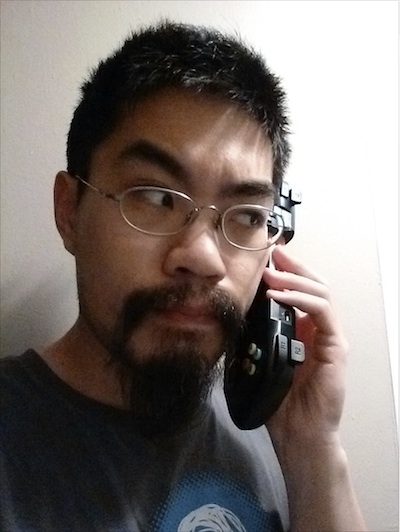
You could even talk on the iPhone while it's in the controller, though it'd look pretty silly (does anyone remember the Nokia N-Gage?).
Stay On the Cutting Edge: Get the Tom's Hardware Newsletter
Get Tom's Hardware's best news and in-depth reviews, straight to your inbox.
At $100, it's pricier than Android offerings, but some may call that a part of 'Apple tax.' The juice pack cases from Mophie range between $80 to $120 depending on the model, and while they all have more charging capacity than the Moga, none of them do anything for gaming.
Read our review of the Moga Power Android controllers here.
Follow Marcus Yam @MarcusYam. Follow us @tomshardware, on Facebook and on Google+.
-
Deus Gladiorum I completely forgot about what this article was about after I saw that picture at the bottom of the man with the most whimsical beard listening to his game controller.Reply -
hitman40 Ya I knew what the end result was going to be when I saw a couple pictures. $40 more than the android variant, flat analogs like the psp making less range of motion, and crappy d-pad. So basically, you have a controller that sucks in the 2 most important categories for what you are getting it for, all for $100!Reply
